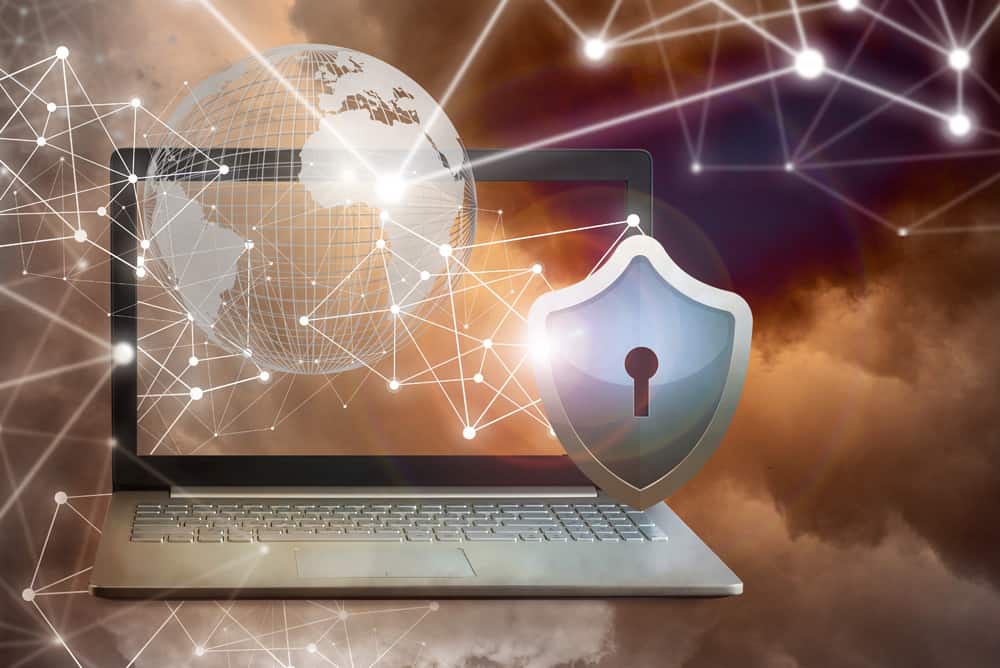
Across all industries, the risk of cybersecurity threat is increasing. Nearly 60% of organizations say they experienced a material or significant incident recently, and threat actors are becoming more sophisticated. Hacking, errors and social attacks comprise the top three tactics. Meanwhile, the COVID-19 pandemic has complicated prevention efforts. Larger remote workforces may increase the risk of exposure to attacks.
These trends put sensitive data and operational security in peril and taking steps to address these cybersecurity concerns has become critical for all organizations. More than ever, a corporate culture that promotes cybersecurity awareness, as well as compliance with key cybersecurity initiatives, is necessary to adequately combat these growing concerns.
Creating a Cybersecurity Culture
Although cybersecurity is a complex issue, too often organizations reduce the problem purely to the technical solutions needed to safeguard the business. This ignores the fact that all your departments and employees are involved in protecting your company’s valuable and sensitive data—not just your IT department.
Building trust between the cybersecurity team and employees is crucial for safeguarding your business, but it’s also a mountain to climb. According to the EY Global Information Security Survey 2020, 59% of organizations say the relationship between cybersecurity and the lines of business is neutral, mistrustful or non-existent.
Crafting a culture where all employees see themselves as having an active cybersecurity role is key to effectively addressing the cybersecurity threats that you face. These three tips can help lay the foundation for such a culture.
1. Draft a Plan that Incorporates Cybersecurity Best Practices
Crafting a cybersecurity culture is an ongoing process that requires understanding your organization’s strengths and weaknesses regarding both cybersecurity itself and awareness of the issues. Creating a realistic plan in the face of these strengths and weaknesses and incorporating cybersecurity best practices into your goals can help promote an active cybersecurity culture.
Key components of any plan should include procedures for communication in the case of a cybersecurity attack and a process for maintaining important contact information remotely. In case of a cybersecurity incident, communicating with your business’s customers may also be necessary, both to maintain your brand reputation and to meet legal requirements; be certain that your plan addresses this important area.
2. Launch Cybersecurity Education Initiatives for Your Employees
Your employees are your first line of defense against a cybersecurity attack. Adequately informing them of how to identify and respond to risks is key, and a program of cybersecurity education is one of the easiest ways to bring all your employees into this cybersecurity culture.
The first step in any cybersecurity education initiative is ensuring that every employee understands the importance of cybersecurity and the role that they can play in supporting it within your organization. From this foundation, move on to specific measures such as best practices regarding passwords and how to maintain a clean machine. Make sure that all employees understand communication procedures in case of a network outage. Employees should also understand what steps they need to take to secure devices when working remotely.
Remember that most of your employees are not IT experts; keep your rules and expectations as clear and simple as possible.
3. Emphasize the Importance of Cybersecurity Communication
Proper communication regarding your cybersecurity policies and guidelines goes together with employee education. After all, members of your organization can’t be expected to follow practices that they don’t know about.
When crafting your company’s cybersecurity communication policies, keep in mind that over-communicating is better than under-communicating. Any group communication services should be tested frequently to ensure that your employees are well-acquainted with your communication channels.
In addition to informing employees about cybersecurity best practices, your communication policies should also have guidelines for quickly informing employees about emergency situations such as system outages. If your employees know what communications they will receive in these situations, your cybersecurity preparedness will increase dramatically.
Cybercriminals continue to evolve and adapt their methods; organizations must do the same in response, and this starts with implementing a culture of cybersecurity awareness.


